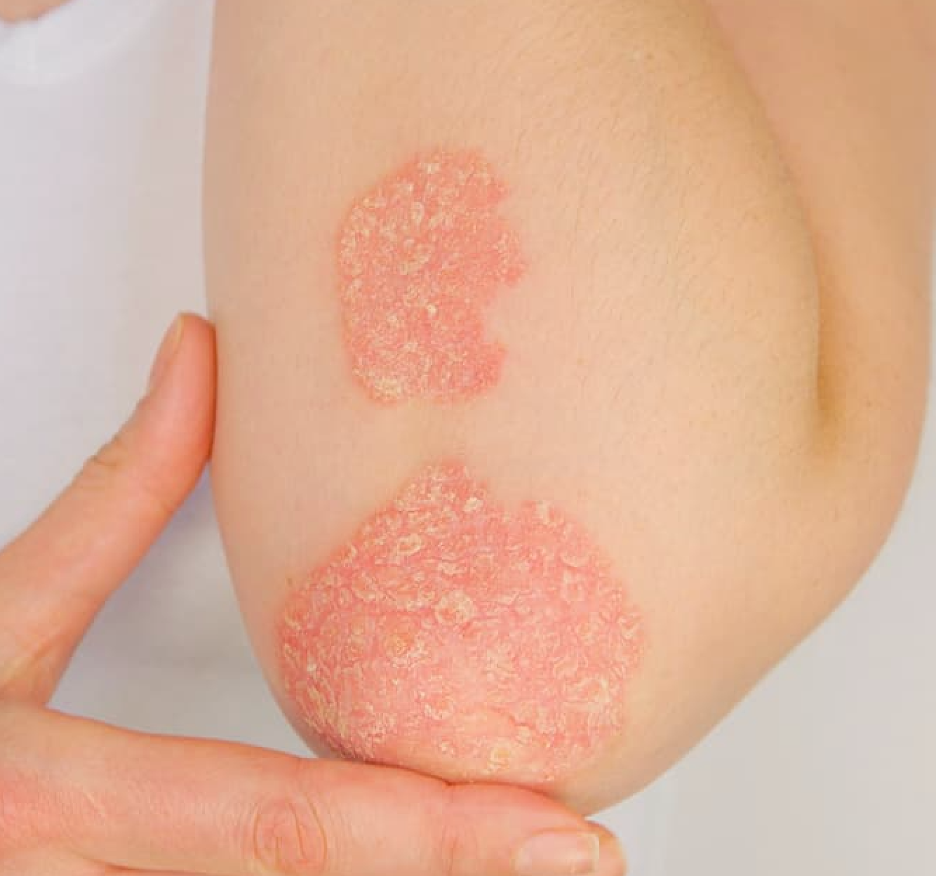News
Article
Universal Newborn Screening Pivotal for Sickle Cell Disease Outcomes
Author(s):
Early detection from a universal newborn screening program in Canada significantly reduced disease-related burden in children with SCD.
Yves Pastore, MD
Credit: LinkedIn

Implementation of a universal newborn screening program for sickle cell disease (SCD) may be a critical public health measure, according to new retrospective data from Canada.1
The research identified numerous positive impacts of a universal screening program, particularly a notable reduction in the age of referral for SCD, leading to improvement in preventive measures and hydroxyurea use.
Together, these led to a significant reduction in SCD-related disease burden, including reduced hospitalization rates and emergency visits for those with a more severe course of SCD.
“Earlier access to this expertise ensures that children benefit from essential preventive interventions such as adequate vaccination, prophylactic penicillin, early use of hydroxyurea, as well as caregiver education,” wrote the investigative team, led by Yves Pastore, MD, department of pediatrics, division of hematology-oncology, Centre Hospitalier Universitaire Sainte-Justine. “These combined interventions may explain in part the reduction in acute events.”
Globally, approximately 300,000 infants are born annually with hemoglobin disorders, including SCD.2 In November 2013, Quebec, Canada implemented a universal newborn screening program for SCD.3 This implementation arrived shortly after the National Heart, Lung, and Blood Institute (NHLBI) recommendation of the early initiation of hydroxyurea therapy for children with SCD.4
However, despite this implementation, Pastore and colleagues noted, to the best of their knowledge, an evaluation has not been performed to understand the impact of universal screening for SCD in newborns and the inclusion of early hydroxyurea in Quebec.1
As a result, the investigative team set out to measure the impact of the screening program on children with a first appointment between January 2000 and December 2019. They assessed the effect of newborn screening on specific SCD-related care and disease severity during a 5-year follow-up period.
The analysis defined two screening cohorts, according to the time period: pre-implementation (n = 253) and post-implementation (n = 157) for patients seen before or after November 2013, respectively.
As patients with HbSS or Sβ0-thalassemia often experience a more severe course than individuals with HbSC or Sβ+-thalassemia, the analysis was further stratified into two primary cohorts: HbSS/Sβ0-thalassemia (SS/Sβ0) and SC/Sβ+-thalassemia (SC/Sβ+).
Upon analysis, universal newborn screening for SCD significantly reduced the median age at the first visit from 14.4 to 1.2 months (95% CI, 1.2 – 57.6; P <.001). A concomitant effect led the percentage of children unscreened at birth, and referred after their first SCD-related complication, to notably decrease from 42.6% to 0.0% (P <.0001).
As it is recommended all patients with SS/Sβ°-thalassemia be offered hydroxyurea at an early age, the median age of hydroxyurea introduction decreased from 56.4 to 9.0 months post-implementation (P <.001). The percentage of patients who received hydroxyurea by 2 years old increased from 28.6% to 59.3% (P = .003).
Meanwhile, Kaplan-Meier estimates for the median time to the first hospitalization after referral rose from 140 to 257 days (P <.001) after implementation. The median time to vaso-occlusive crisis (VOC)-related hospitalization was also significantly longer after implementation (1320 vs. 573 days; P = .002). Altogether, hospitalizations decreased from 2 to 1.0 per patient-year (95% CI, 0.6 - 1.4; P <.001).
Similarly, children with SS/Sβ°-thalassemia referred in the post-implementation period demonstrated fewer ED visits for VOC (rate ratio [RR], 0.69; 95% CI, 0.54 - 0.88).
Pastore and colleagues indicated although the early referral of children with SCD is key for disease outcomes, other factors, including improvements in the management of VOC and protocol modifications, could have influenced these disease-related outcomes.
“However, such modifications are less likely to explain a decrease in emergency visits and may therefore likely reflect an impact of the use of preventive measures, such as the use of hydroxyurea therapy at an earlier age,” they added.
References
- Kazadi C, Ducruet T, Forté S, Robitaille N, Pastore Y. Positive impacts of universal newborn screening on the outcome of children with sickle cell disease in the province of Quebec: A retrospective cohort study. EJHaem. 2024;5(3):447-454. Published 2024 May 20. doi:10.1002/jha2.926
- Elendu C, Amaechi DC, Alakwe-Ojimba CE, et al. Understanding Sickle cell disease: Causes, symptoms, and treatment options. Medicine (Baltimore). 2023;102(38):e35237. doi:10.1097/MD.0000000000035237
- Robitaille N, Delvin EE, Hume HA. Newborn screening for sickle cell disease: A 1988-2003 Quebec experience. Paediatr Child Health. 2006;11(4):223-227. doi:10.1093/pch/11.4.223
- Yawn BP, Buchanan GR, Afenyi-Annan AN, et al. Management of sickle cell disease: summary of the 2014 evidence-based report by expert panel members [published correction appears in JAMA. 2014 Nov 12;312(18):1932] [published correction appears in JAMA. 2015 Feb 17;313(7):729]. JAMA. 2014;312(10):1033-1048. doi:10.1001/jama.2014.10517





